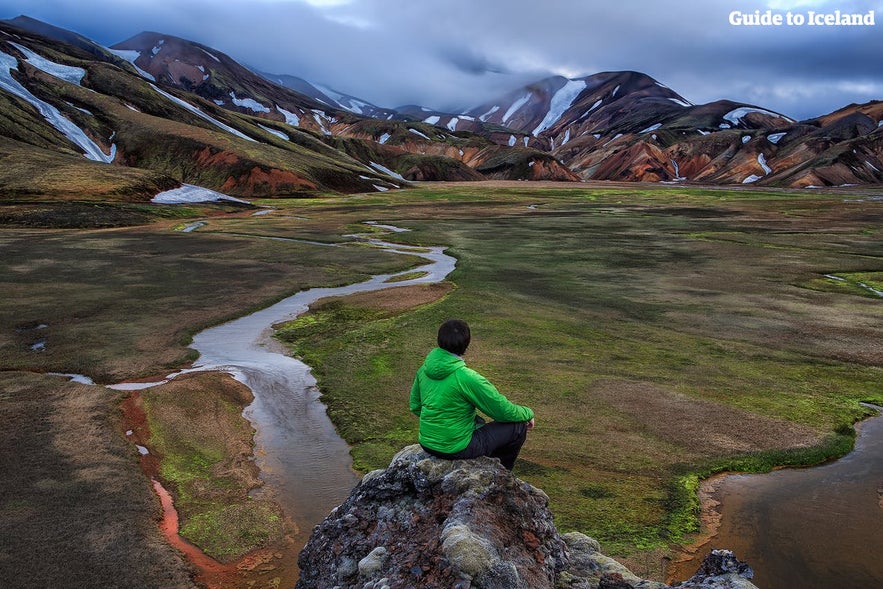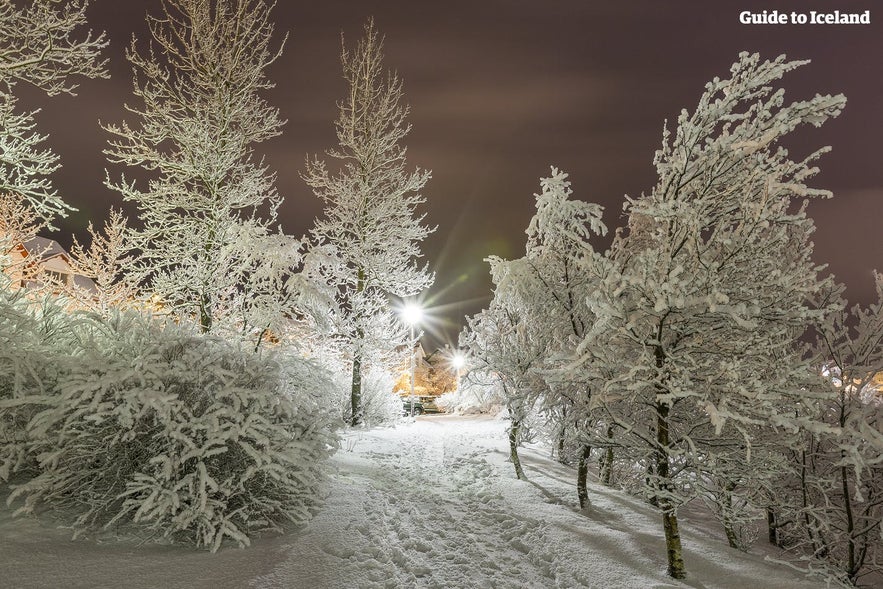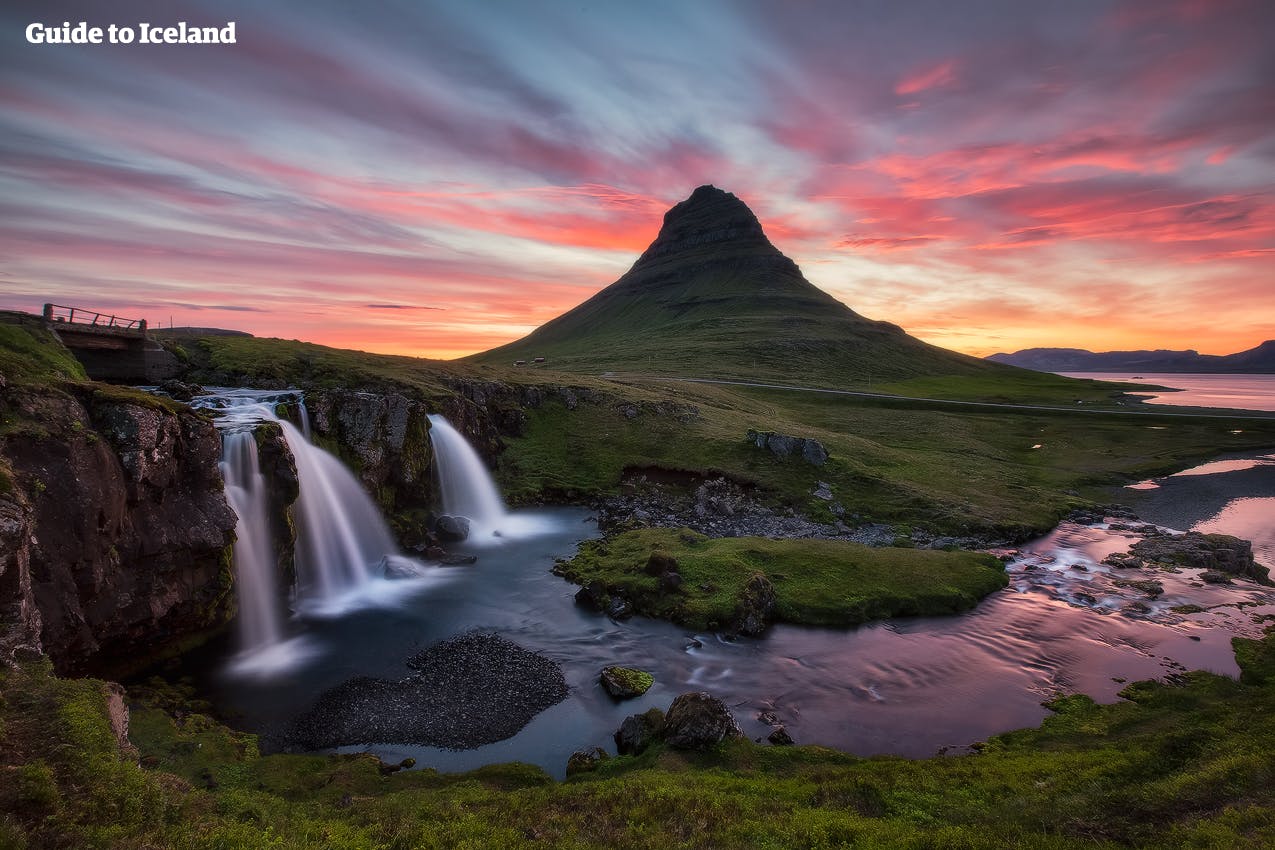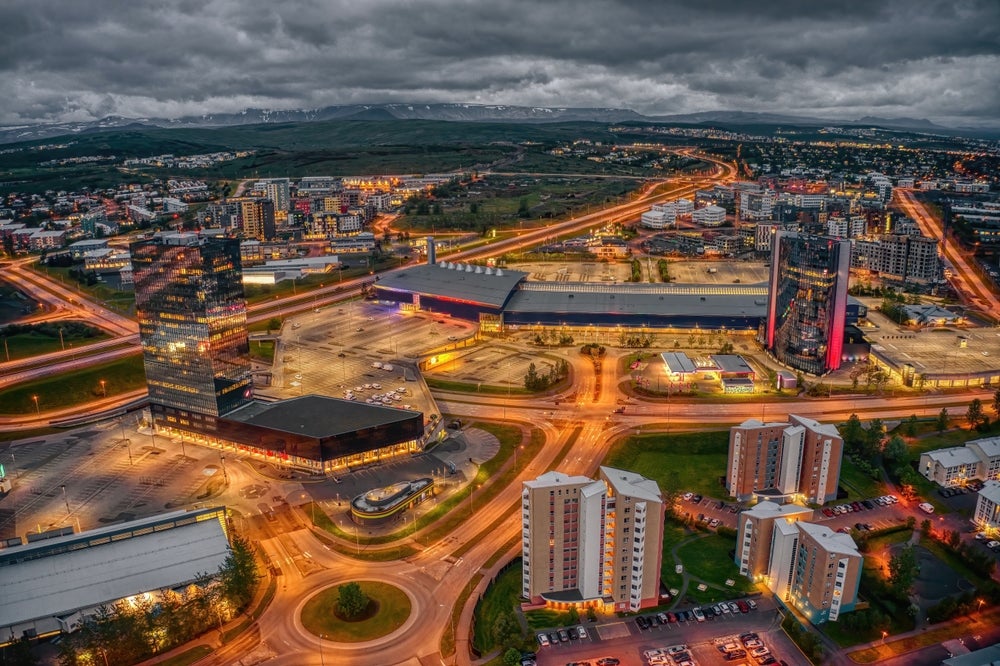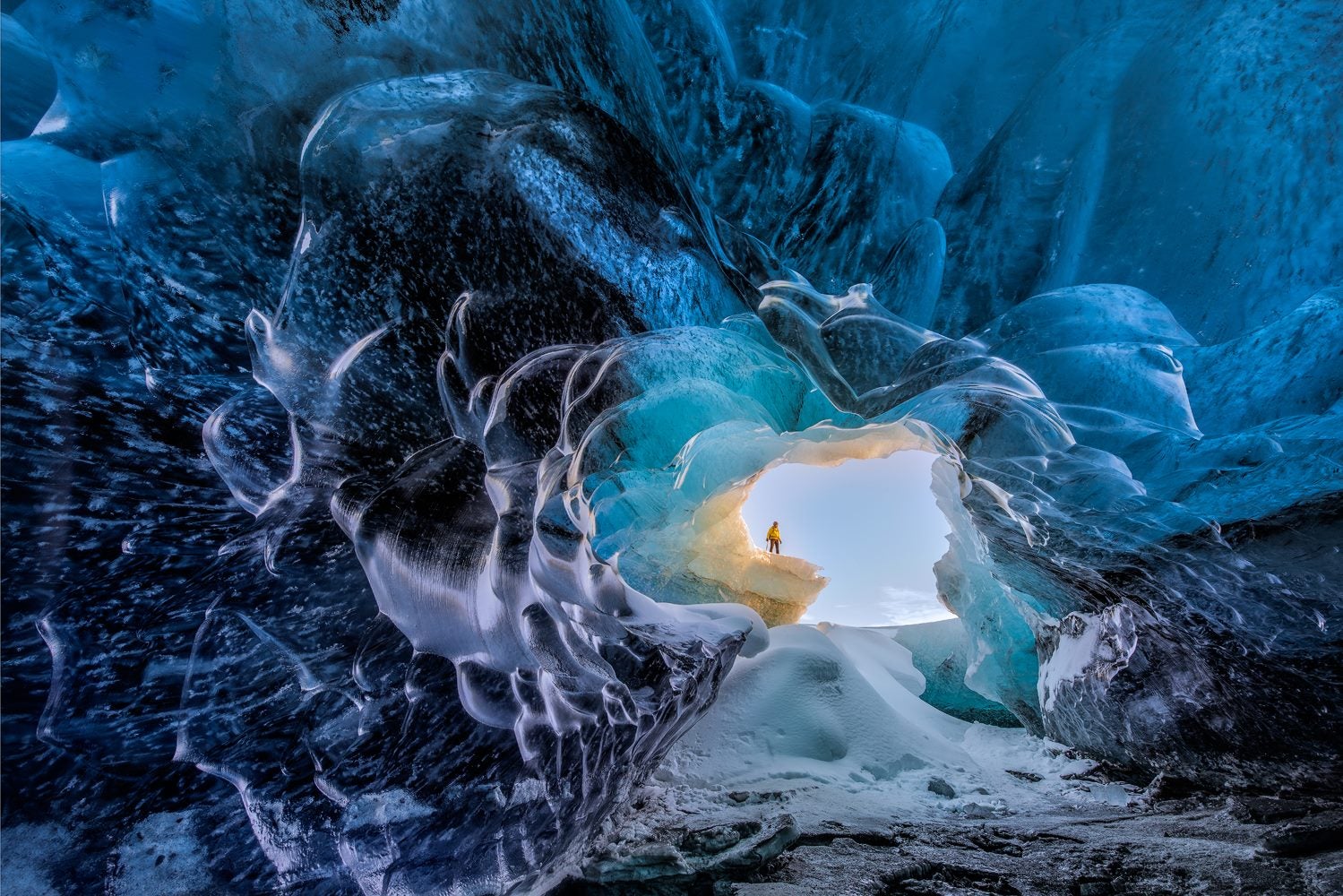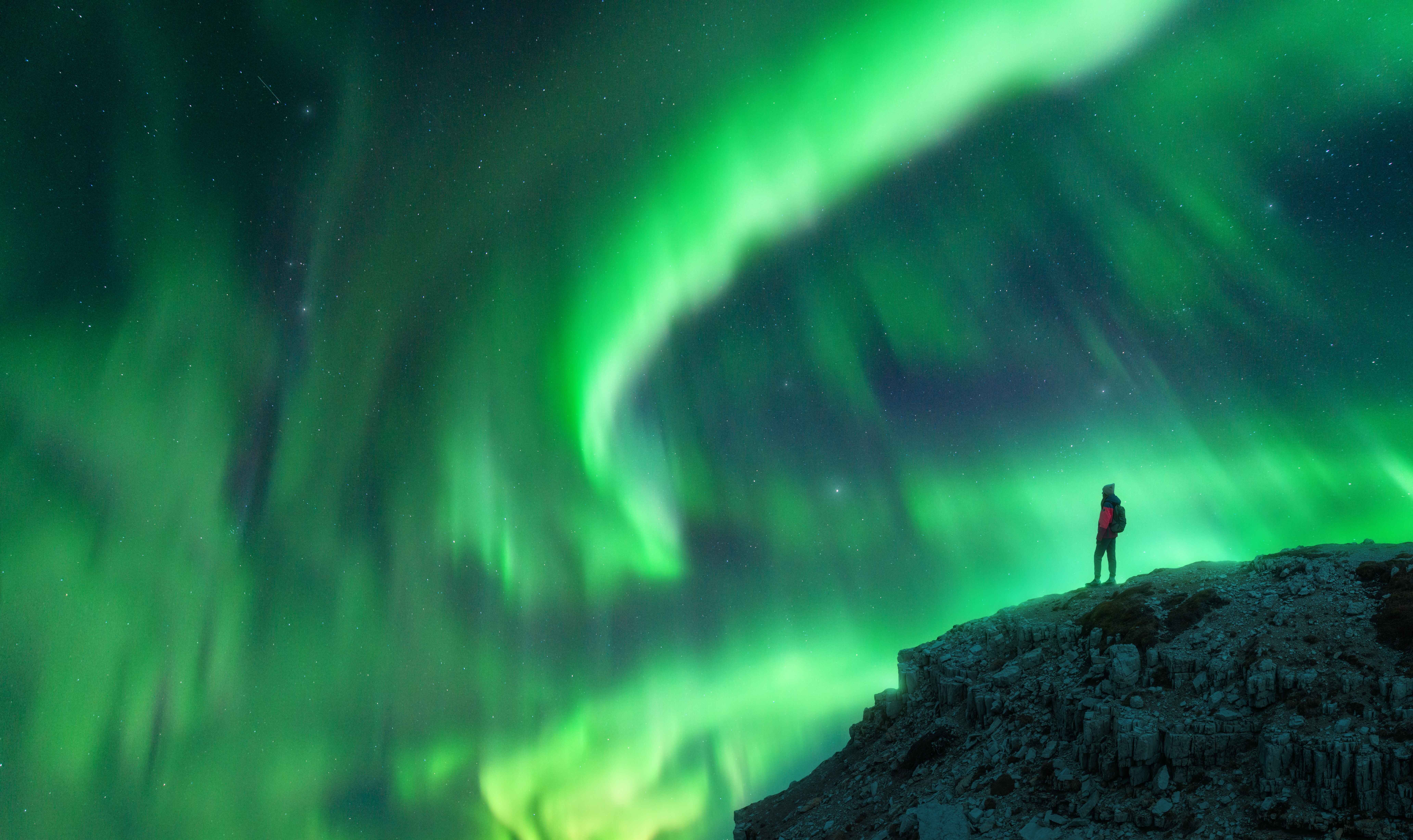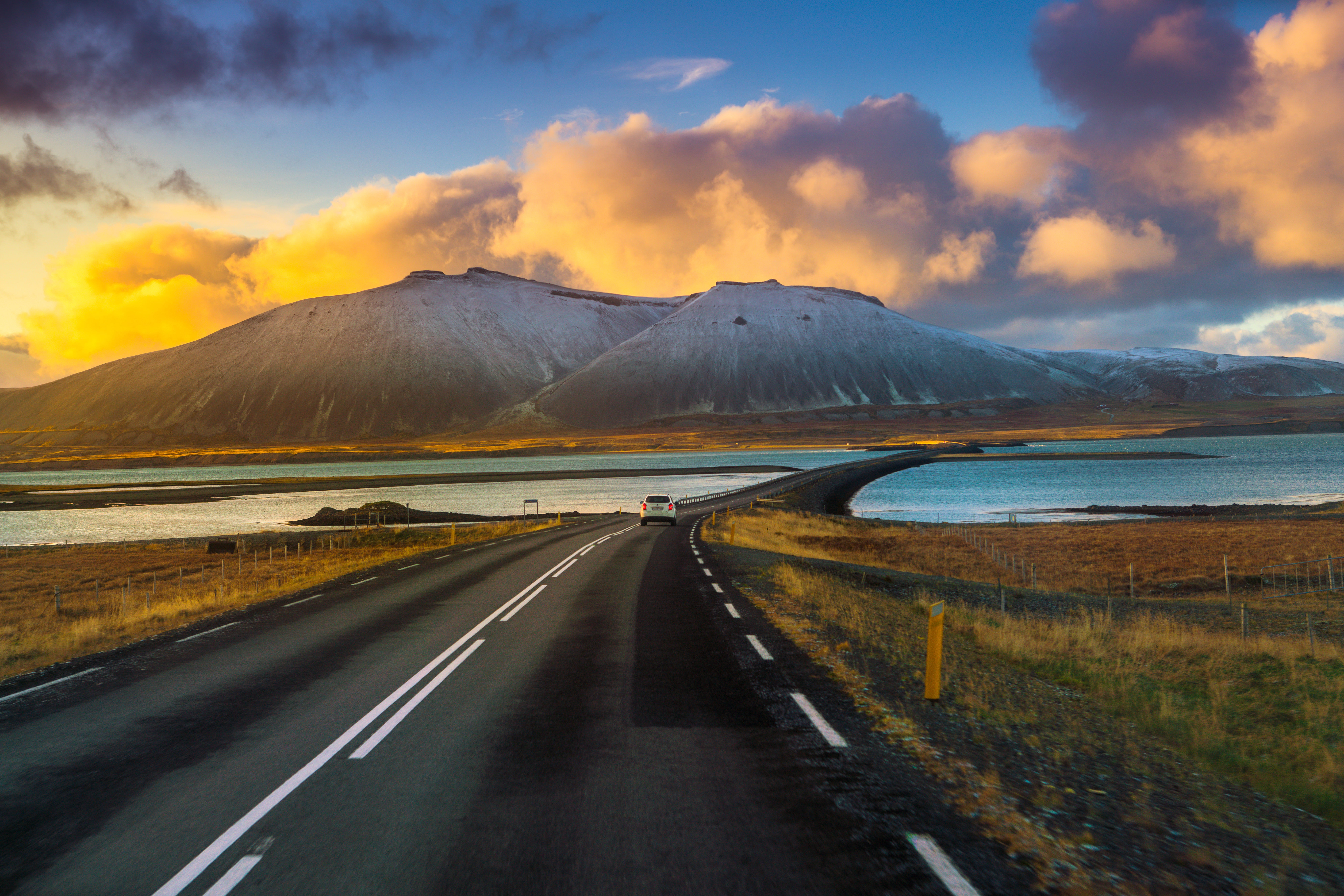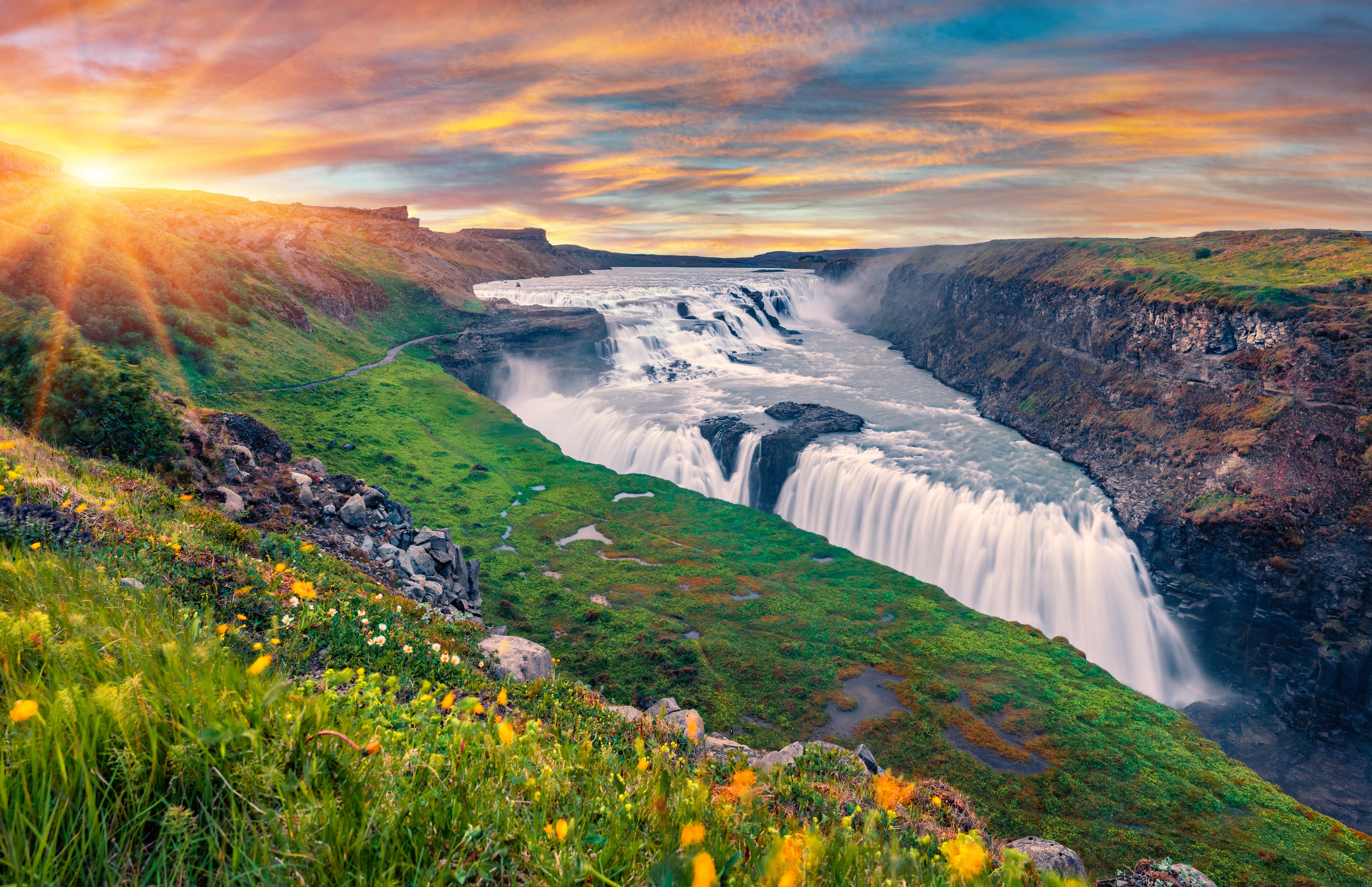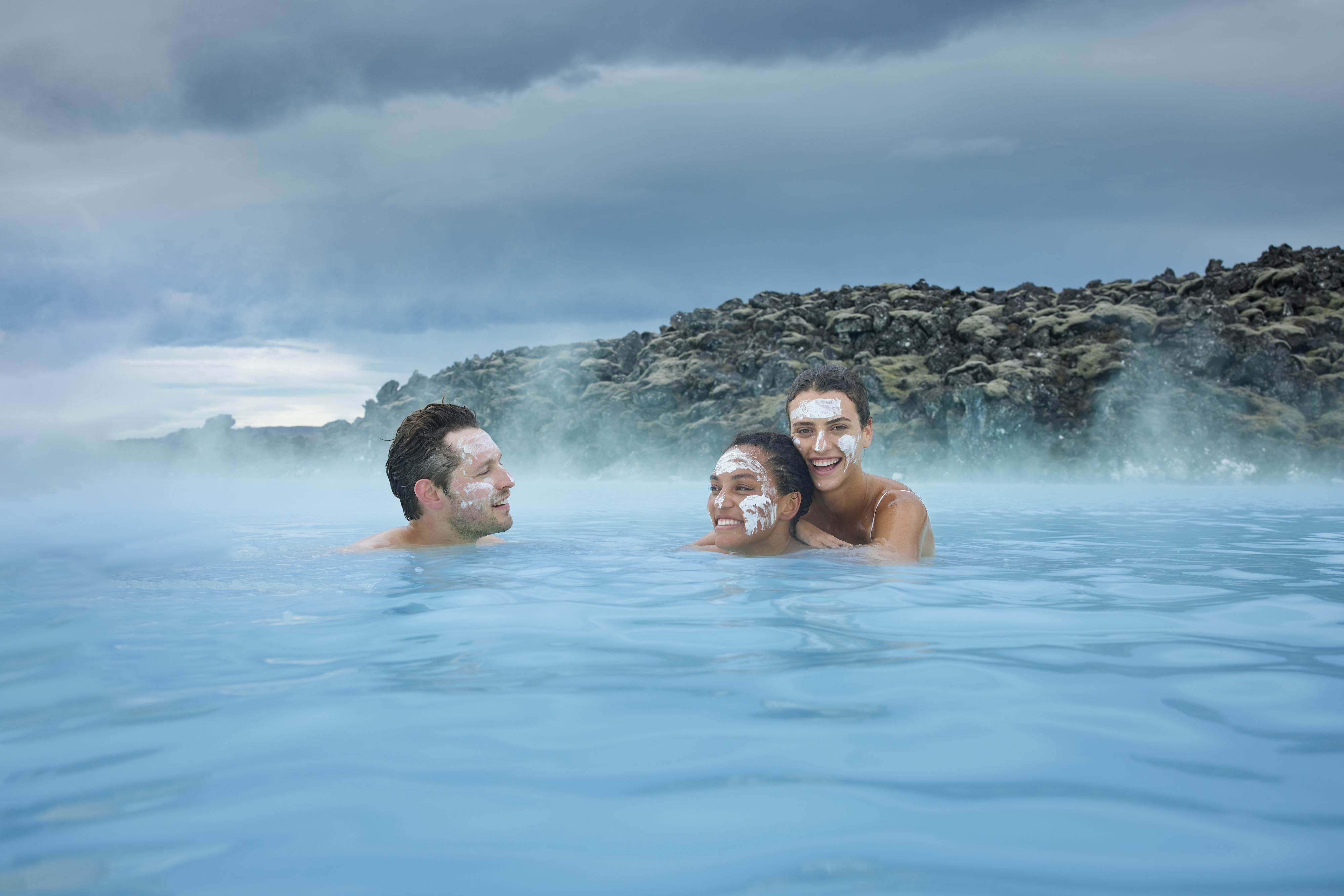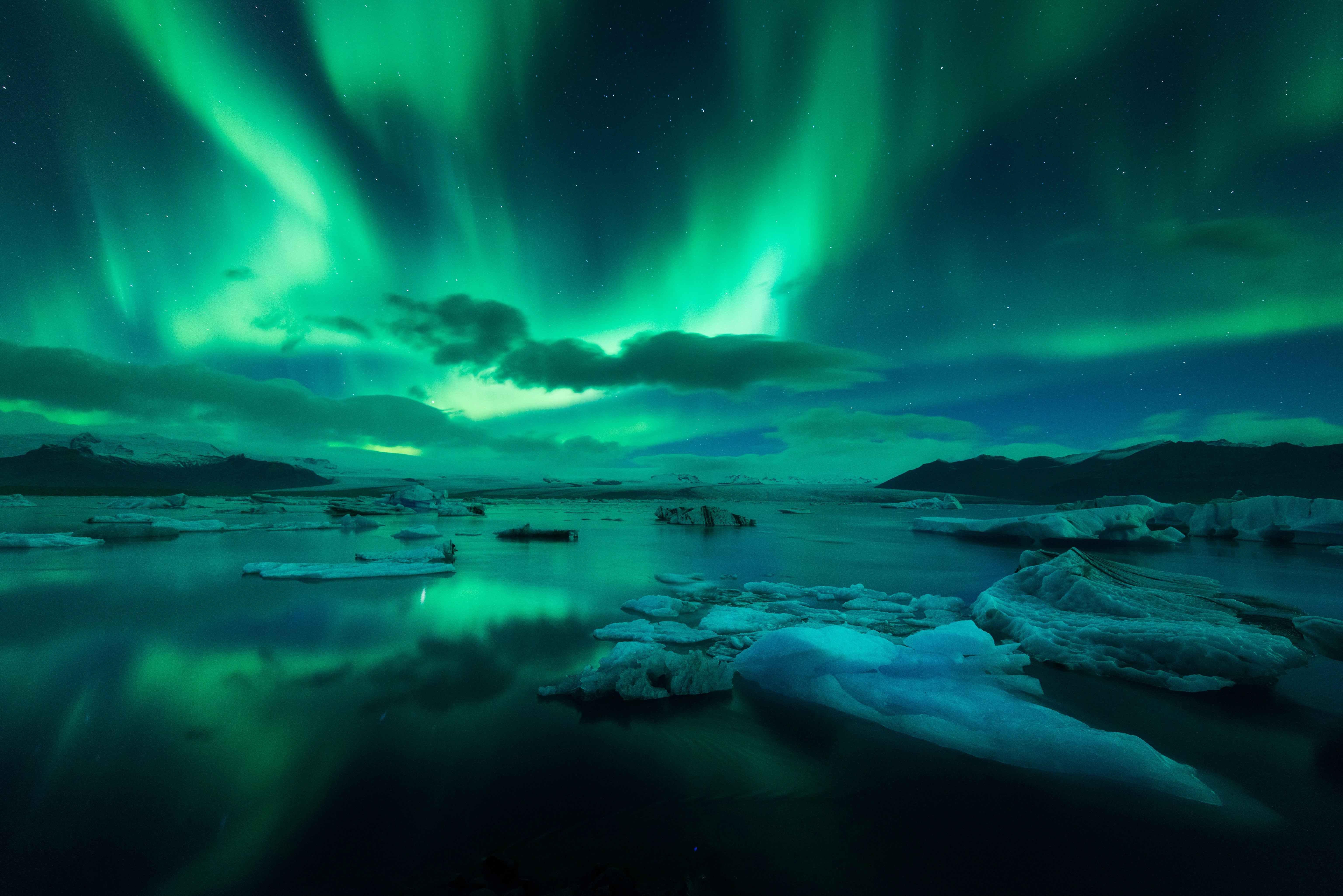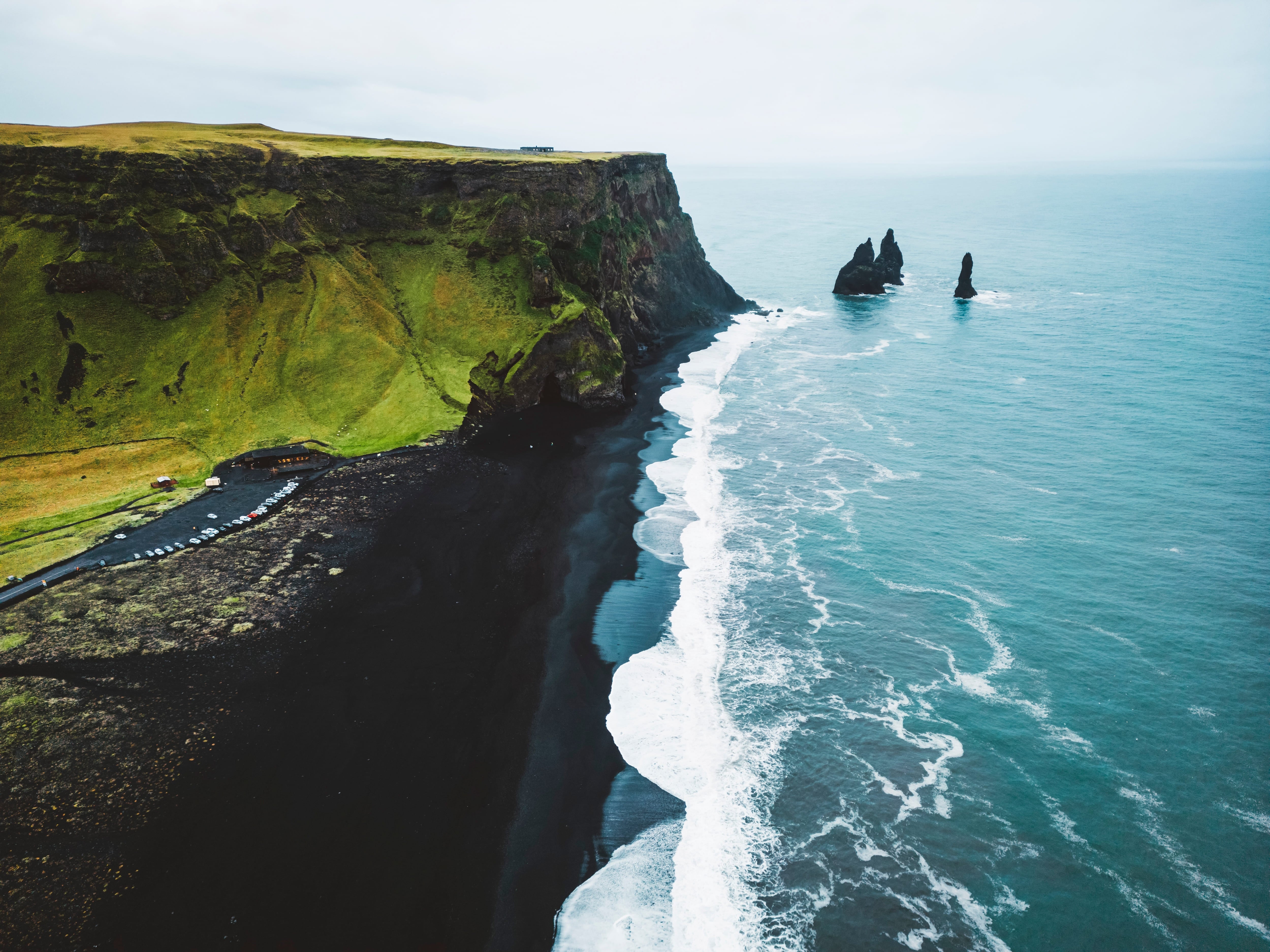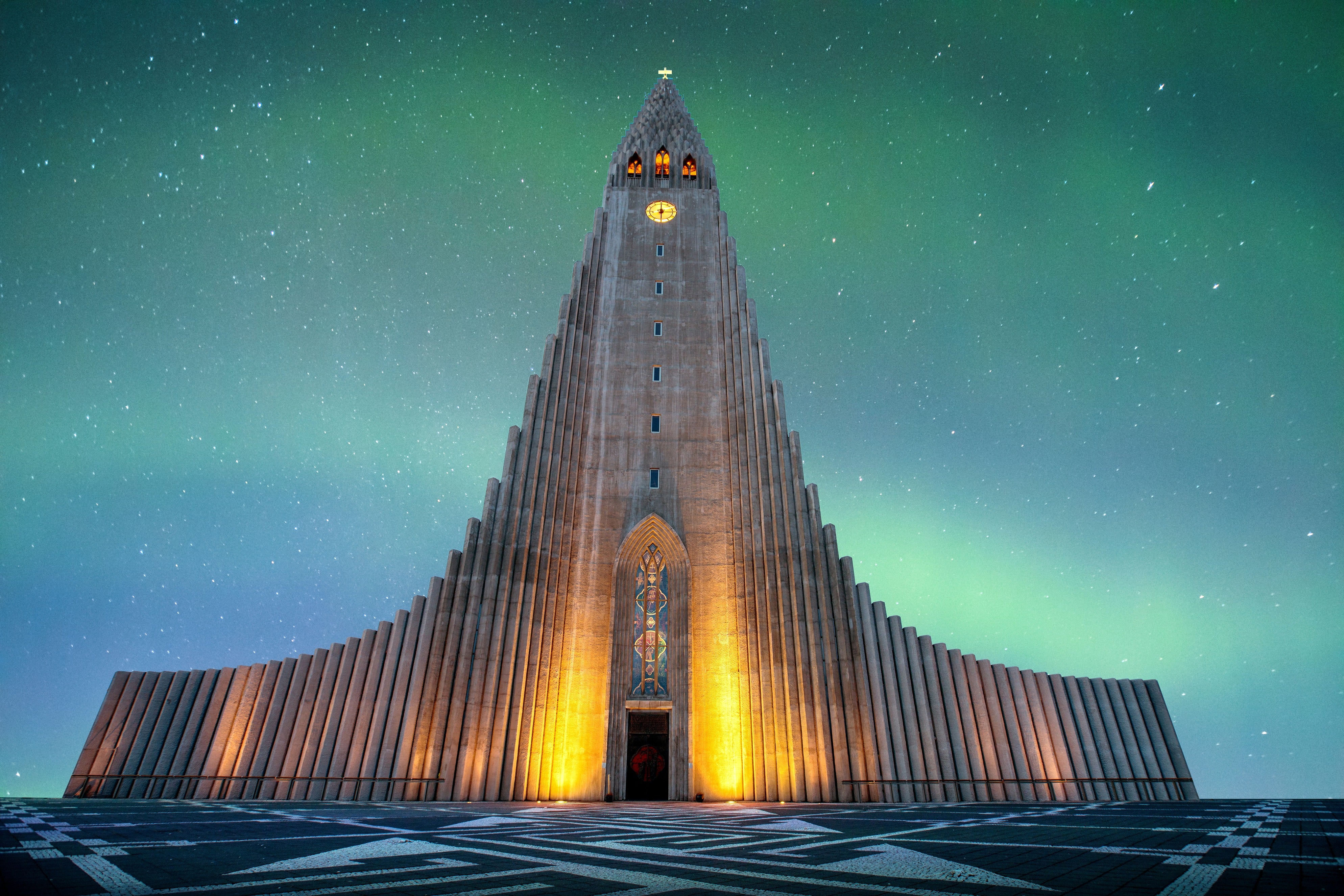Before you pack your bags for Iceland’s dramatic landscapes and natural wonders, it’s worth getting to know some of the country’s less glamorous traits. What are the things that locals grumble about? What are the everyday frustrations travellers experience? Here’s a lighthearted look at the quirks, complaints, and cultural oddities that make Iceland as complex as it is captivating.
Iceland is known for its breathtaking landscapes, rich culture, and otherworldly natural wonders. From the cascading waterfalls of the South Coast to the steaming geothermal baths throughout the country, there’s no shortage of reasons to fall in love with this island nation. But even the most beloved destinations have their quirks.
Why You Can Trust Our Content
Guide to Iceland is the most trusted travel platform in Iceland, helping millions of visitors each year. All our content is written and reviewed by local experts who are deeply familiar with Iceland. You can count on us for accurate, up-to-date, and trustworthy travel advice.
In the spirit of honest travel insights, this list takes a whimsical look at some of the most bothersome aspects of life in Iceland—at least from the perspective of both locals and curious visitors. While these traits are rarely dealbreakers, they offer a more well-rounded picture of what to expect when exploring the Land of Fire and Ice.
- For a more balanced view, be sure to check out our list of 10 amazing Icelandic things that locals take for granted.
Iceland may be stunning, but it’s not without some frustrations. Here are 10 everyday annoyances that locals love to gripe about—none of which are enough to dull the country’s undeniable charm.
Key Takeaways
-
Iceland’s breathtaking beauty comes with a few quirks that make life here both challenging and charming.
-
In Iceland’s tight-knit society, everyday life comes with unexpected social encounters and very few secrets.
-
This lighthearted list highlights Iceland’s flaws with affection—and plenty of reasons to visit anyway.
- Read about 15 Reasons to Visit Iceland
10. Limited Product Variety
When it comes to problems in Iceland, the first one visitors always notice is the limited product variety at local stores. Iceland is a small and isolated country at the very edge of the Arctic, where the weather is volatile, there are (almost) no trees, and hardly anything grows.
The country has always been avid in its local food production of lamb, seafood, dairy, and root vegetables. You can explore the many culinary options native to Iceland on the Reykjavik Food Walk. However, pretty much everything else must be imported.
Due to its remote location and relatively small population, Iceland has a limited variety of imported goods. This includes everything from fresh fruit and soft drinks to alcohol, electronics, international clothing brands, luxury items, and furniture. While many product categories are represented, the selection within each is often minimal.
Because Iceland’s population is less than 400,000, demand for most products is quickly met by a narrow range of options. Shoppers may find only one or two versions of a given item on store shelves—if it's available at all. Whether browsing for household goods or high-end design brands, variety is one of the first trade-offs many newcomers and visitors notice.
The best selection is found in Reykjavik, but the goods you're looking for become incredibly scarce as soon as you leave the capital. Thankfully, the variety of international food is excellent, considering how small the country is.
Indian, Mexican, Chinese, Italian, Vietnamese, Turkish, Korean, Japanese, and even Ethiopian restaurants can all be found here with little effort.
9. Trend Takeovers in a Small Market
Iceland-based Inklaw Clothing has been taking the young men's fashion scene by storm in the last couple of years.
In a country as small and connected as Iceland, trends don’t just catch on—they sweep across the nation almost overnight. When a particular product becomes popular, it often sells out within days, leaving many eager shoppers scrambling to get their hands on the latest must-have item.
Over the years, Iceland has seen a wide range of nationwide crazes. At one point, everyone was wearing “kraftgalli” dark blue overalls. Buffalo shoes were all the rage in the ’90s, foot massage machines were popular in the ’80s, and in more recent years, SodaStream machines, Omaggio vases, and air fryers have each enjoyed their time in the consumer spotlight.
It’s all part of the charm—and the challenge—of living in a close-knit society. When something becomes popular in Iceland, it tends to become very popular, very fast.
- See also: 14 Amazing Icelandic Design Projects
8. State-Run Liquor Stores
 Photo from Locally Hosted Reykjavik Beer & Food Tour at the Old Harbor
Photo from Locally Hosted Reykjavik Beer & Food Tour at the Old Harbor
After a long day of sightseeing in Iceland, a cold beer or glass of wine might sound like the perfect way to unwind. But those spontaneous cravings can be tricky to satisfy. Alcohol sales in Iceland are strictly regulated and limited to government-run stores known as Vinbudin.
These shops have restricted opening hours—typically closing by 6 PM on weekdays and even earlier on weekends. Outside of those hours, the only way to enjoy an alcoholic beverage is by visiting a bar or restaurant, where prices can be significantly higher.
Due to high import taxes, alcohol in Iceland is fairly expensive. That’s why many travelers take advantage of the duty-free shop at Keflavík International Airport upon arrival. It’s often the most affordable opportunity to stock up for a stay in the country.
- See also: Reykjavik's Cheapest Bars and The Best Bars for Craft Beer in Reykjavik
- Guide to Iceland customers can get discounts at bars and more with the VIP Club
7. Everyone Knows Everyone (Really)
 Photo from Wikimedia, Creative Commons, by OddurBen
Photo from Wikimedia, Creative Commons, by OddurBen
With a population of almost 400,000 people, Iceland is one of the smallest countries in Europe—and it feels even smaller in everyday life. Outside of Reykjavik, communities are very tight-knit, but even in the capital, social circles often overlap in surprising ways. Personal news tends to travel fast, whether it's shared intentionally or not.
In a country with such a small and interconnected population, personal news often travels quickly—sometimes reaching across multiple communities within a day. From creative projects to social events, little remains under the radar for long.
Public performances, publications, or other personal milestones—whether successful or not—tend to receive widespread attention. Even casual interactions, such as dating or chance meetings, often reveal surprising social overlaps, with individuals frequently connected through distant family ties, shared schools, or mutual acquaintances.
This tightly woven social fabric can make privacy difficult to maintain and contribute to a broader sense of visibility in everyday life.
It’s no surprise that many Icelanders enjoy traveling abroad—not just for a change of scenery, but for a bit of welcome anonymity.
6. Social Circles Are Hard to Escape
In a country with such a small population, the boundaries between public and private life can blur. One consequence of Iceland’s close-knit society is that social encounters often repeat themselves—frequently and in unexpected places.
Familiar faces tend to appear everywhere, whether at a café, concert, or grocery store. While this can foster a strong sense of community, it also means that less-welcome encounters, such as seeing former colleagues, ex-partners, or distant acquaintances, are almost inevitable.
This social density is a distinctive feature of daily life and can be an especially difficult challenge for native Icelanders.
5. Getting Away Isn’t Always Easy
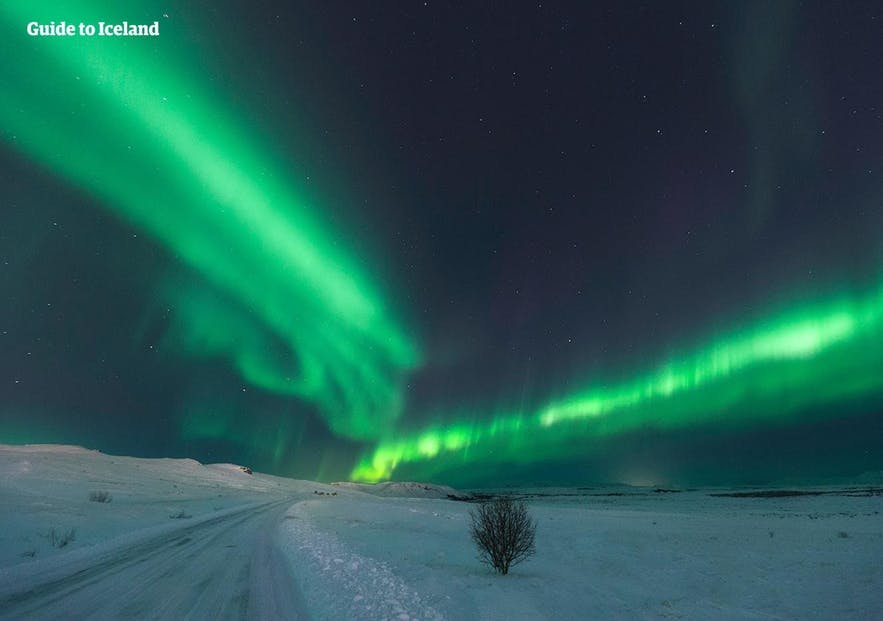
Living on an isolated island in the North Atlantic has many advantages—but convenient international travel isn’t one of them. Unlike mainland Europe, where crossing borders by train or car is often simple and affordable, leaving Iceland requires a flight or a long ferry ride.
It’s possible to sail from Seydisfjordur in the Eastfjords to Denmark and travel to other countries from there, but far from common. Most travelers and locals book flights operated by airlines such as Icelandair, Play Air, and EasyJet, which offer regular service between Iceland, mainland Europe, the United States, and other destinations.
However, air travel from Iceland can be costly, especially for quick weekend getaways or last-minute plans. The country’s geographic isolation and limited flight options often make international travel more expensive—and less spontaneous—than in other parts of the world.
To keep costs down, many Icelanders plan well in advance and travel outside the peak summer season, with some favoring winter getaways to sunnier destinations like Tenerife in January or February.
On the flip side, Iceland’s unique position between North America and Europe makes it a popular stopover destination for international travelers. Many visitors take advantage of this by spending a few days exploring the island en route to their final destination—often through stopover tours that turn a layover into a mini-adventure.
- See also: Ultimate Guide to Flights to Iceland
4. Sun Guilt
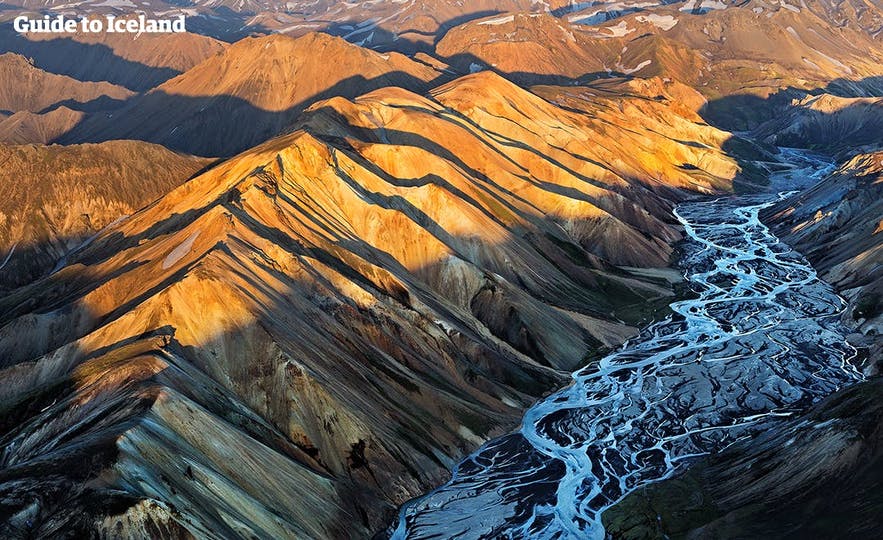
In a country known for long winters and overcast skies, sunny weather is a rare and celebrated event. When the sun does appear, there’s an unspoken expectation to seize the moment—immediately and enthusiastically.
Spending time outdoors becomes almost mandatory. Activities like hiking a mountain, swimming, biking, barbecuing, or grabbing an ice cream suddenly top everyone’s to-do list. It's common to see people cleaning their cars, taking cheerful selfies in summer outfits, or gathering with friends—all at once—just to make the most of the fleeting sunshine.
Even regular routines, like work or errands, often take a back seat. When the weather turns warm and bright, productivity tends to drop as the outdoors calls. In Iceland, a sunny day isn’t just welcome—it’s a reason to rearrange everything.
If you somehow fail to do all of these things (or any of them), you’ll feel the dreaded sun guilt. On particularly nice days, it’s common to hear stories of impressive productivity, with neighbors casually mentioning how they cleaned the entire garden, planted fresh herbs, and entertained a dozen guests by sunset.
By contrast, anyone who spent the day indoors might feel a twinge of regret.
While this pressure can be intense, it also reflects something uniquely positive about life in Iceland. The appreciation for sunshine runs deep, and as a result, those golden hours rarely go to waste.
- See also: Top 14 Things to Do in Reykjavik
3. Weather, Taxes, and the Art of Complaining
There’s no shortage of topics that could be added to a list of Iceland’s everyday frustrations—everything from taxes and housing shortages to politics, tourism pressures, and unpredictable storms. But perhaps more notable than the issues themselves is how frequently they become subjects of conversation.
In Iceland, complaining has become something of a cultural norm. Whether it’s about inflation, the price of coffee, or the fourth snowfall in April, there's always something to grumble about. Among the most common complaints? The weather, despite being famously uncontrollable, and central to the country’s charm.
Over time, the constant commentary can start to feel more exhausting than the problems themselves. Still, voicing everyday frustrations seems to serve as a kind of social glue, offering Icelanders a shared outlet and a good laugh.
- See also: The Weather and Temperature in Iceland
2. The Politics
Of all the challenges facing modern Iceland, few stir more public frustration than the state of politics. Since the financial collapse of 2008—which led to mass protests, a government overhaul, and the formation of a new political party—many Icelanders have grown increasingly tired of the nation’s political process.
Despite early efforts toward reform, including the drafting of a new constitution by a publicly elected assembly, progress has largely stalled. Proposed changes have repeatedly been set aside, and public momentum has ground to a halt.
Criticism often centers on a perceived normalization of corruption and favoritism. Key appointments frequently go to family members or close associates of political leaders, leading to concerns about transparency and accountability. This cycle has contributed to a sense of political resignation among the population—and plenty of fuel for everyday complaints.
Unlike the weather or geography, this is one issue that could, in theory, be changed. But as history has shown, meaningful political reform in Iceland remains an uphill battle.
1. The Weather: A National Obsession
If there’s one thing that consistently tops the list of complaints in Iceland, it’s the weather. No matter how much attention is given to politics or public policy, the conversation almost always circles back to the wind, rain, snow—or all three in the same day.
Snowstorms can be charming when enjoyed indoors with a warm drink and a good film, but during certain winters, they can occur almost daily. Over time, this can wear down even the most weather-hardened locals and visitors alike.
Unpredictability is perhaps the most defining feature of Icelandic weather. A day might begin with bright sunshine, prompting lighter clothing, only to turn rainy just minutes later. After switching to a raincoat and boots, the temperature might rise again—followed by an afternoon snowfall. This kind of rapid shift is typical during fall in Iceland, where the only constant is change.
Still, the famously unpredictable weather has its bright spots. When calm, sunny days do arrive, they’re deeply appreciated. And even the darkest, coldest nights hold a kind of magic—especially when skies clear just enough for the northern lights to make an appearance.
Disclaimer
While Iceland certainly has its quirks, it remains one of the most extraordinary places on Earth—and these minor frustrations are part of what makes life here so uniquely memorable.
Top 5 Honorable—Or Dishonorable—Mentions
While not nearly as noteworthy as what was included in our top 10 list, there are several other downsides and issues that you should still be aware of if you plan to visit. Look out for these five dishonorable mentions:
Prices Are Expensive
One of the biggest problems in Iceland for travelers and residents alike is the high cost of living. Food, accommodation, transportation, and more are pricier than in many other European countries, making this one of the major cons of Iceland for budget-conscious tourists.
These problems can easily catch you off guard, as everyday expenses can quickly add up if you aren't prepared in advance. To avoid this issue, make sure to budget your finances appropriately and look for ways to save during your trip, like booking in advance or using discounts for travelers.
- Read more: How Expensive Is Iceland? When to Visit & How to Save Money
- See also: The VIP Club: Save Big on Exclusive Offers & Discounts
Rough Winter Terrain
Among the more daunting facts about Iceland is how treacherous the roads can become during winter. Icy surfaces, sudden weather shifts, gravel roads, blind hills, and strong winds all demand heightened caution.
These problems can make travel risky, and some areas may become completely inaccessible due to snow and dangerous conditions. However, main roads like the Ring Road are maintained and easier to navigate, which makes driving them more manageable for prepared travelers.
For those planning to explore the country independently, winter self-drive tours offer a safer and more structured way to experience Iceland’s winter landscapes while accounting for seasonal challenges.
- See also: How to Drive Safely in Iceland
The Banning of Wild Camping
Although not one of the most serious issues in Iceland, the decline of wild camping should still be noted. In the past, visitors planning to go camping in Iceland could do so freely across Iceland's scenic landscapes, but that's no longer the case.
Due to environmental concerns, wild camping in Iceland has been heavily restricted, and you’re only allowed to camp on proper camp sites. Fortunately, this problem is avoidable compared to the other issues listed here. If you're planning to camp while here, be sure to research and use designated camping sites in advance. You’ll be happy to know there are plenty of popular campsites in Iceland!
Crowded Busy Months
Despite its small population, one of the less obvious disadvantages of living in Iceland—and visiting it—is how crowded it can become during peak travel seasons. Iceland may not be densely populated, but tourism spikes during summer creates traffic in popular spots.
Though certainly not among the worst tourist traps, the busyness can still be an inconvenience.
To avoid the crowds and better appreciate the country’s natural beauty, consider visiting during the off-peak season, such as September to November or January to May. While summer offers unique experiences, careful planning is essential to avoid congestion.
- Read also: Avoiding the Crowds in Iceland
Extreme Daylight Hours
Due to its proximity to the Arctic Circle, Iceland experiences significant variations in daylight hours throughout the year. From late May to early August, the country has nearly 24 hours of daylight, with the longest day occurring around June 21st.
On the other hand, during winter months, daylight is limited, with only about five hours of light in mid-December. These extreme changes are one of the notable disadvantages of living in Iceland, as they can disrupt everything from sleep patterns to daily routines.
Realities of Life in Iceland
While Iceland is far from the paradise that some envision it as, that doesn't mean it's a terrible country to live in — quite the opposite. However, if you're interested in visiting for the first time, knowing about these downsides in advance can help deter false expectations and disappointment when you arrive.
What surprised you the most about our list? Is there anything you disagree with? Let us know in the comments below!

